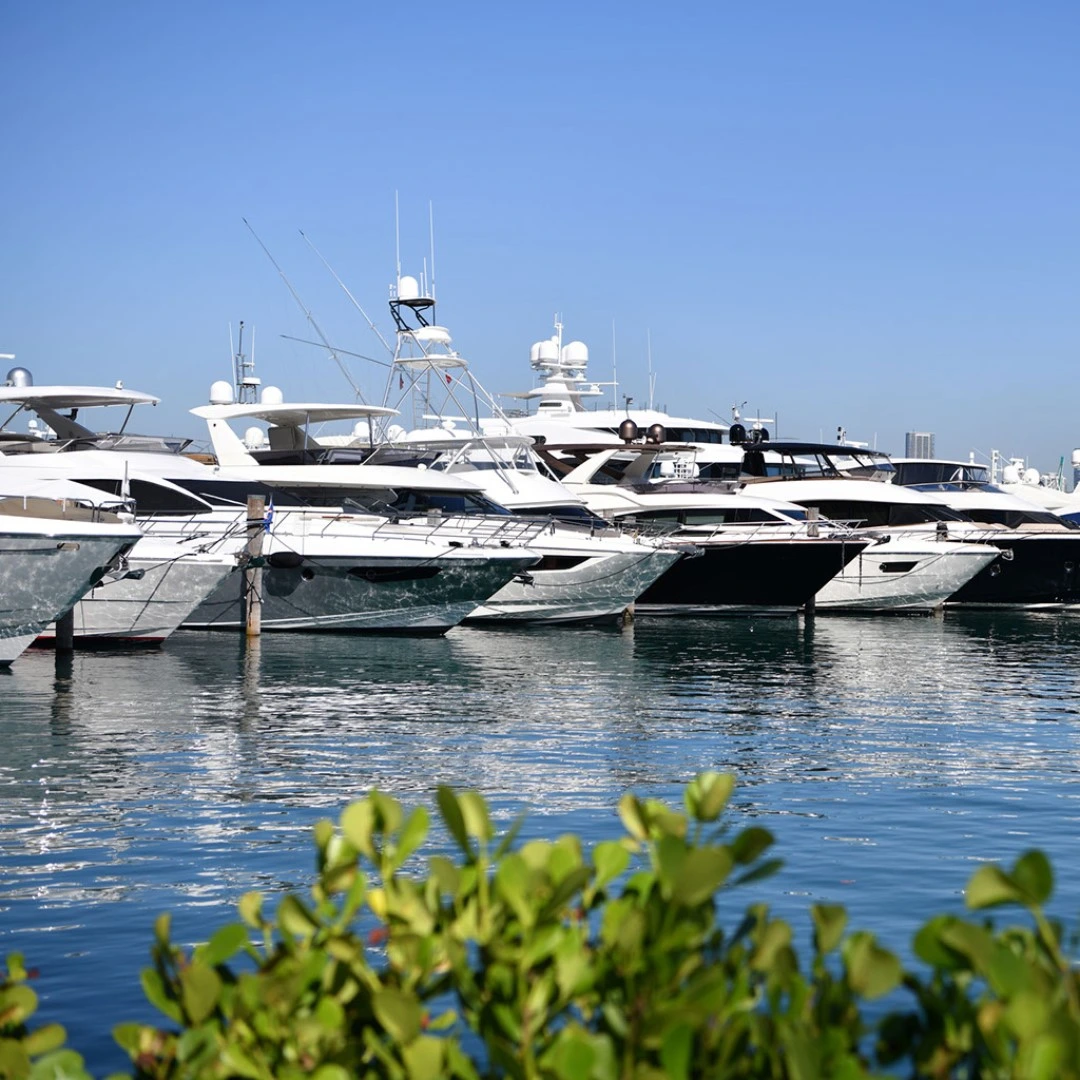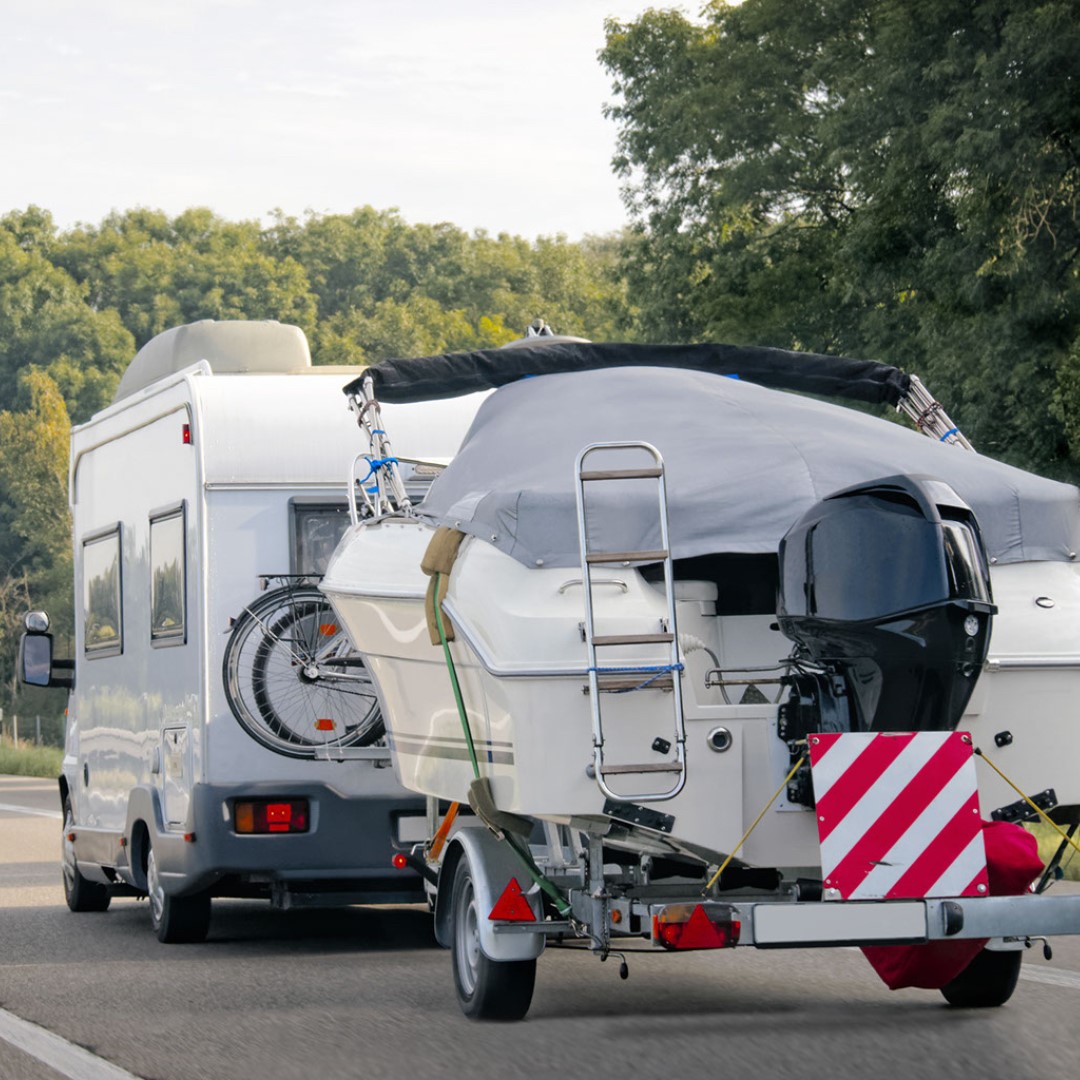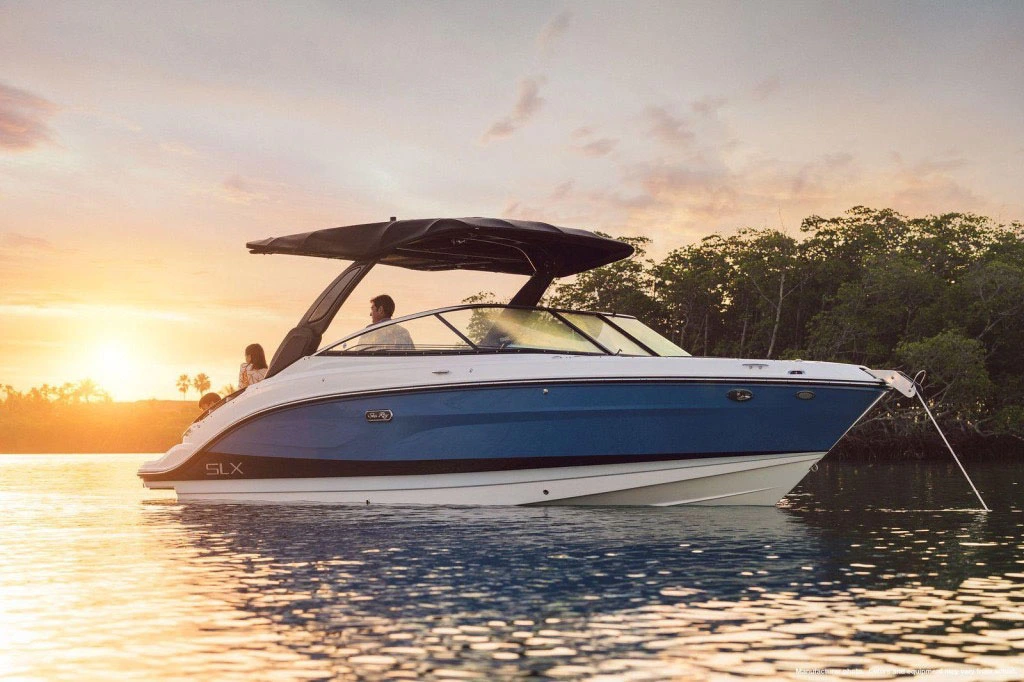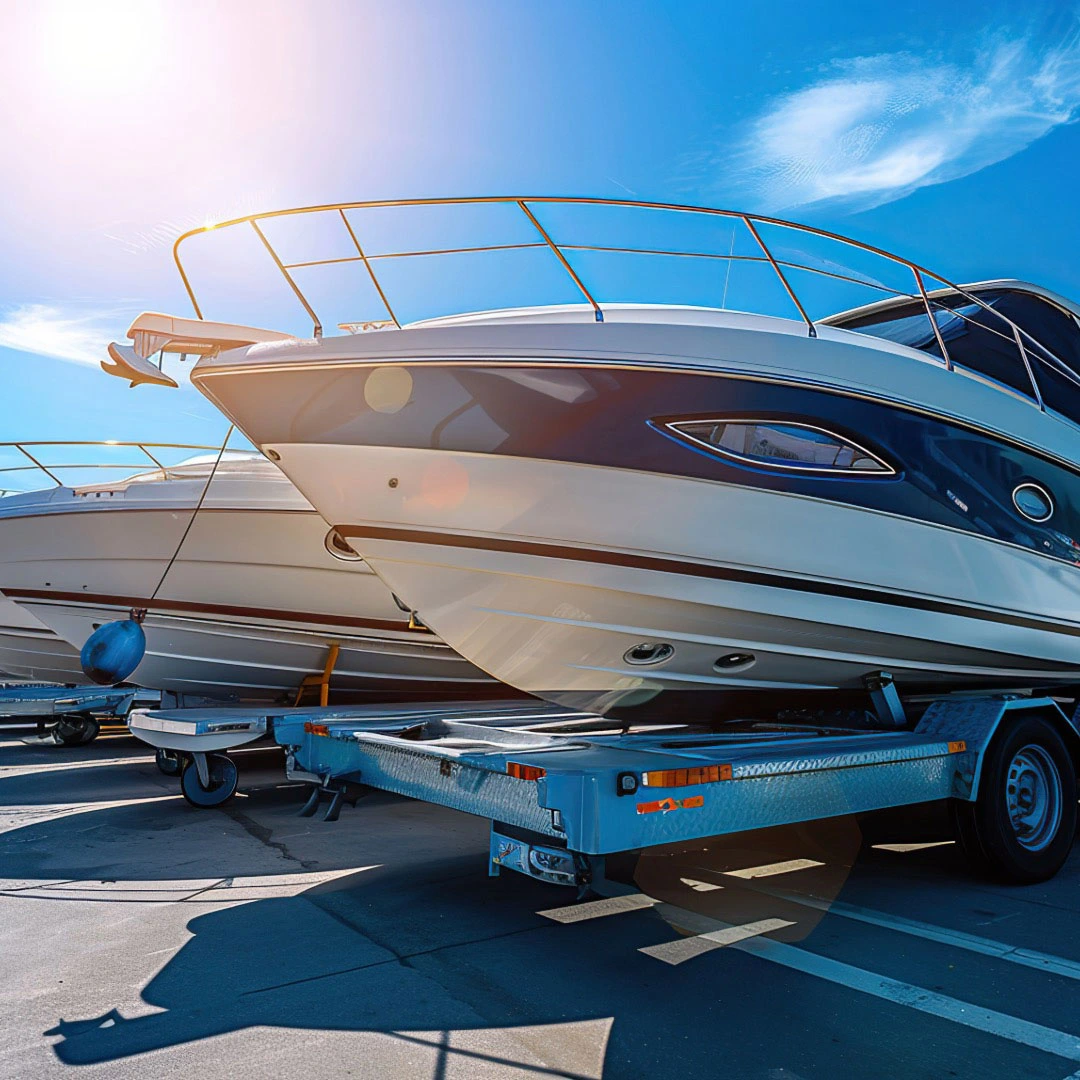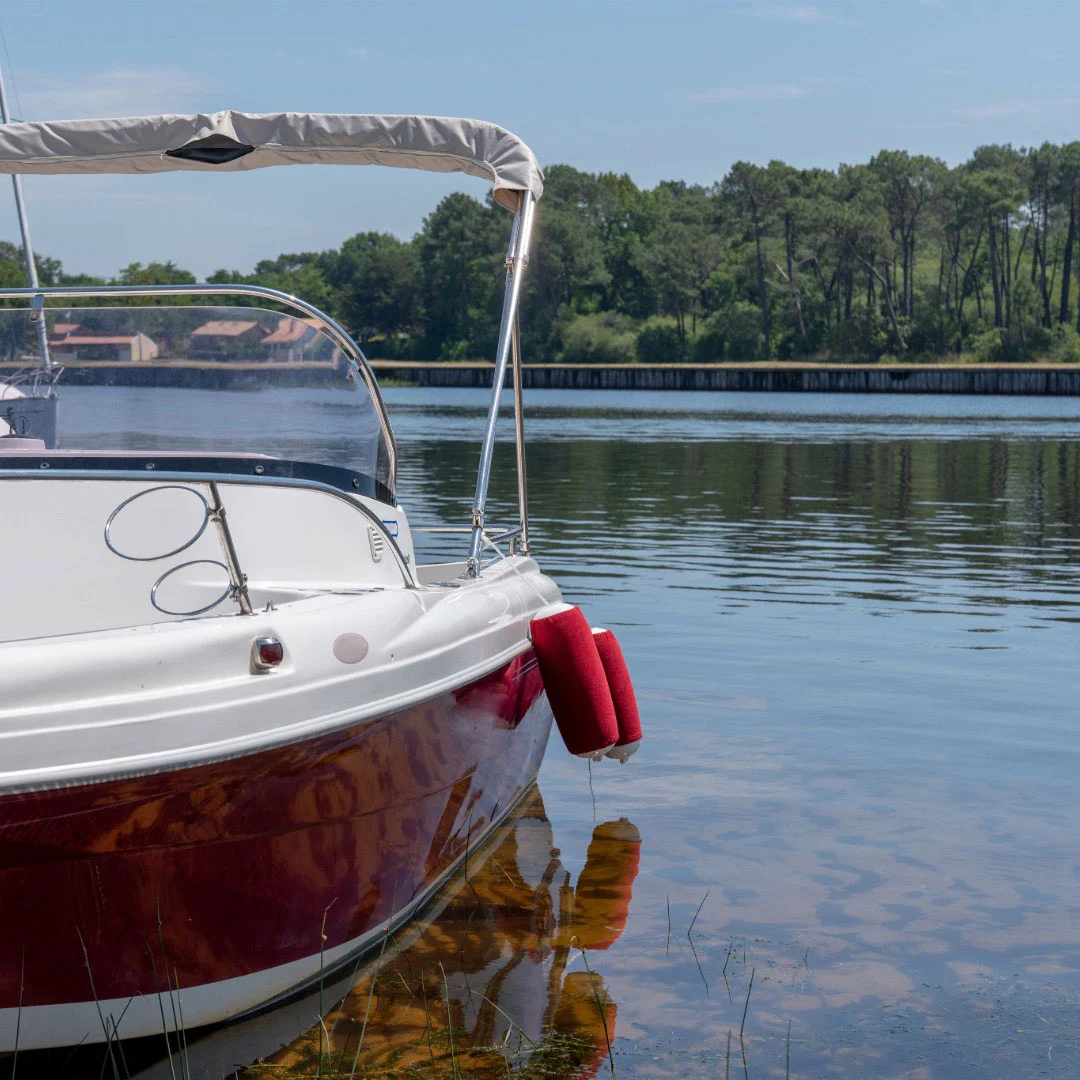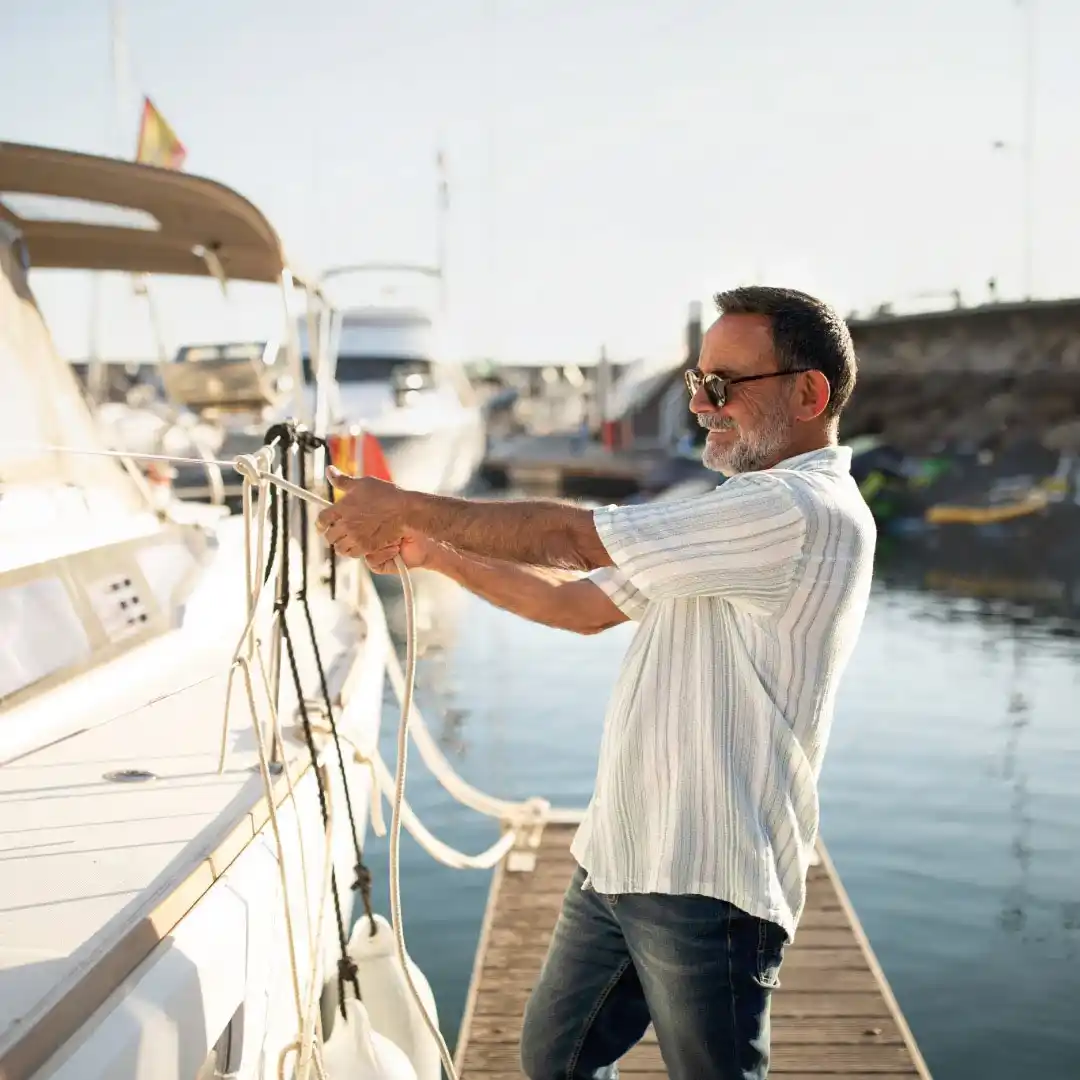Get Your Tow Vehicle Ready
Start by ensuring your vehicle can handle the weight of your boat and trailer. Refer to your vehicle owner’s manual for the Gross Combined Weight Rating (GCWR), which includes the vehicle, trailer, passengers, and gear. For an accurate weight of your boat and trailer, use a professional scale at a truck stop. Also, verify that your trailer hitch is rated to support the weight of your boat and trailer.
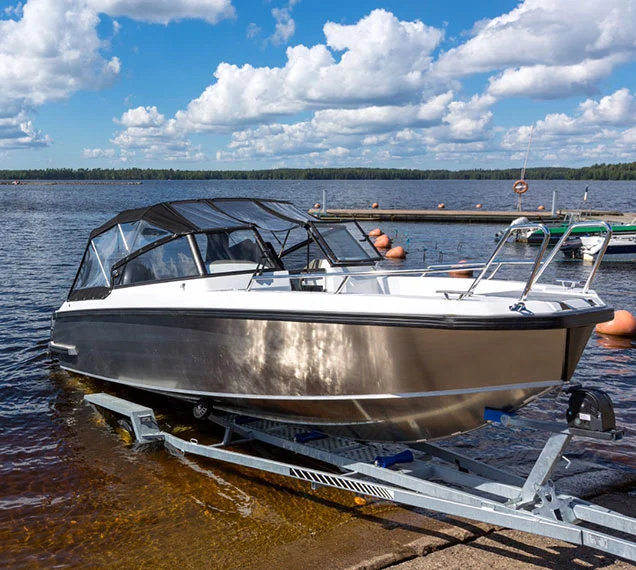
Pre-Trip Checklist
Make sure your tow vehicle is in top condition. Check the tire pressure and inspect the tires. Have the brakes checked before the towing season starts. Look through the owner’s manual for towing instructions, such as how to override the transmission overdrive.
- Ensure the trailer tires are properly inflated before each trip. Low tire pressure can cause blowouts, especially after the trailer has been stationary for a while.
- Check that the trailer lights are working and inspect them occasionally during the trip.
- Secure the boat at the bow eye and with tie-downs at the transom.
- Have the trailer brakes inspected annually or before the towing season and keep the wheel bearings lubricated.
- Make sure there’s no loose gear in the boat that could fly out at high speeds.
- Ensure all necessary equipment for your day on the water is ready and loaded.
Trailering A Boat With Confidence: 6 Areas To Check Before Hitting The Road
Launching Your Boat
When you get to the launch ramp, observe the area and plan your approach for backing down and launching. Prepare the boat, gear, and crew before you start. Launch the boat smoothly and then park your vehicle and trailer in the designated area.
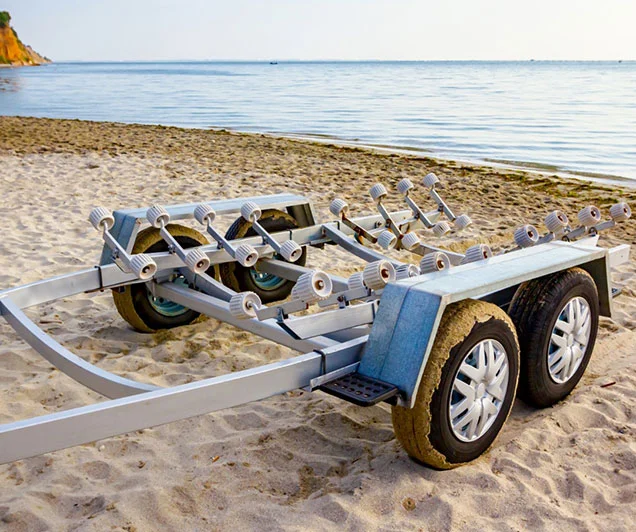
Retrieving Your Boat
When it’s time to head home, approach the launch ramp and follow the traffic flow. Good etiquette helps everyone. Drop off your driver at the dock or tie up the boat while the vehicle is prepared. Give your crew clear instructions before backing down the ramp, then load the boat onto the trailer.
Final Checklist Before Driving
Before leaving, double-check that the trailer hitch is secure and the boat tie-downs are tight. Ensure the trailer lights are working and all tires are in good condition. Remove any weeds or marine growth from the boat or trailer, and clean out bait and live wells according to local regulations to prevent spreading invasive species.
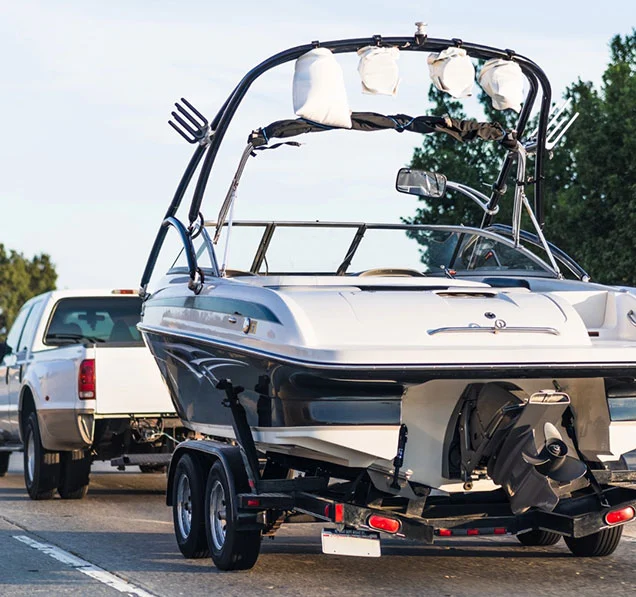
( It’s best to do this away from the boat ramp, avoiding any back up from other boat users ) Check for any loose items in the boat that could fly out at high speeds.
Disconnecting the Trailer
At home, chock the trailer wheels before uncoupling it from your vehicle. Remove any wet gear from the boat to prevent mildew and clean out any trash or food items to avoid attracting pests. Use the trailer jack to lift the boat’s bow, allowing any water in the bilge to drain properly.
More for you to read:
8 Ways To Upgrade Your Boat Trailer



